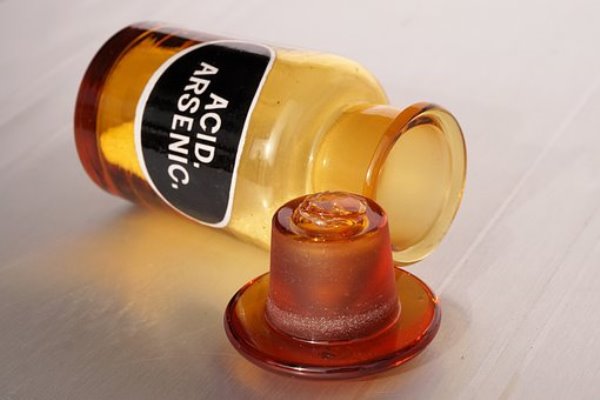Of course, we meet the revised performance criteria according to the new Implementing Regulation (EU) 2022/2418 concerning methods of analysis for the control of the levels of trace elements and process contaminants in foodstuffs, which came into force on 1.1.2023.
The amending regulation to EU Regulation 333/2007 introduced specific requirements for the limits of determination of inorganic arsenic and total arsenic in relation to the maximum levels. Up to now, the same requirements applied to inorganic arsenic as to the determination of the heavy metals cadmium and mercury. The requirements for total arsenic are new.
Incidentally, the consumer magazine “Oekotest” had rice cakes tested in November, which parents like to give their small children to nibble on. The results can be described as worrying: In 7 out of 20 samples, the content of inorganic arsenic in the rice portion of the wafers was above the permissible maximum level of 0.1 mg/kg. But arsenic levels between 0.05 and 0.1 mg/kg were also found in another 10 samples.
YOUR PLUS: Our methods meet the criteria of the regulation, even though strictly speaking it is "only" binding for official control. Your "counter-samples" are in good hands with us.
Links:
1)
2)
Author: Dr. Frank Mörsberger

 Contact
Contact

 Contact
Contact Career
Career